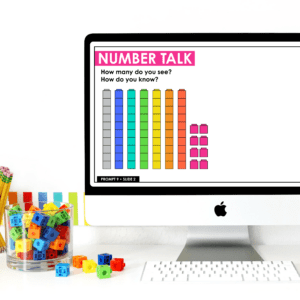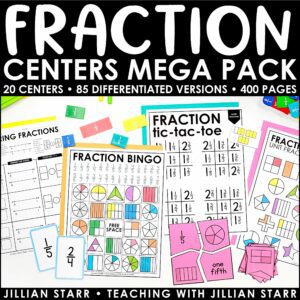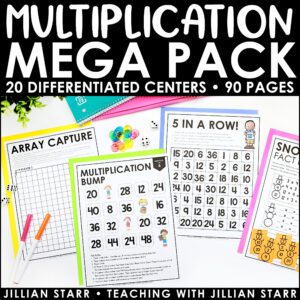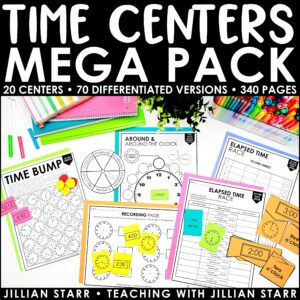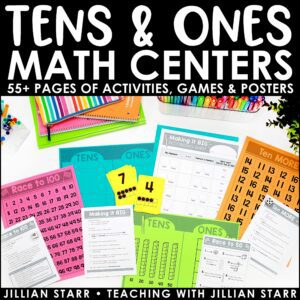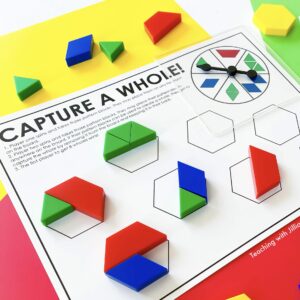
Math manipulatives are essential tools in mathematics education, providing a hands-on approach to understanding complex concepts. However, their effectiveness relies heavily on how they are introduced and used in the classroom, as well as teachers’ awareness of potential pitfalls and challenges. This guide delves into the nuances of using math manipulatives effectively, ensuring they enrich learning rather than confuse it.
1. Will Students Make Inaccurate Generalizations with the Math Manipulatives?
A common issue with manipulatives is the potential for students to make inaccurate generalizations. For instance, students might think all trapezoids are red if they only encounter trapezoids in pattern blocks. This is common and can be easily remedied by introducing other examples of trapezoids that are of different sizes and colors. Reminding students that trapezoid only refers to the shape, and not the size or color can easily correct this overgeneralization.
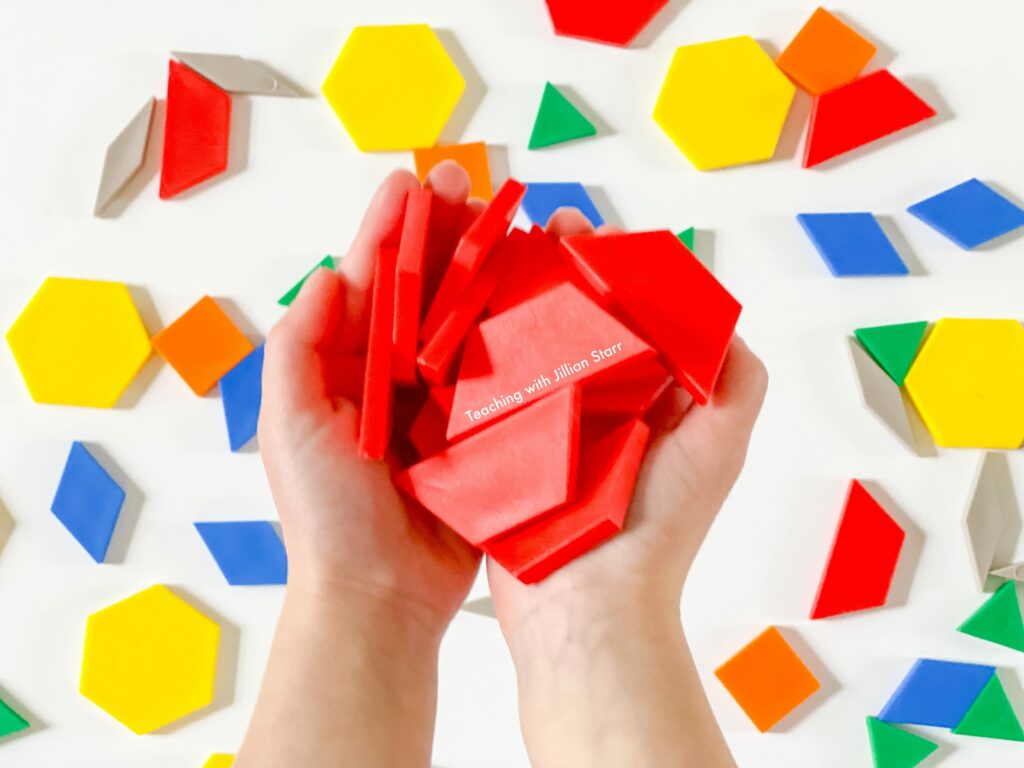
We as educators must be aware of these potential overgeneralizations so that we can be better at proactively avoiding them.
2. Are the Math Manipulatives Unintentionally Increasing the Cognitive Load?
When introducing adding or subtracting with teen or 2-digit numbers, using base-ten blocks adds another layer that we’re often not aware of. Because base-ten blocks are pre-grouped, students have to “trade in” their blocks in order to regroup. For some students, this might not be an issue, but for many, it can unnecessarily add to their already heavy cognitive load.
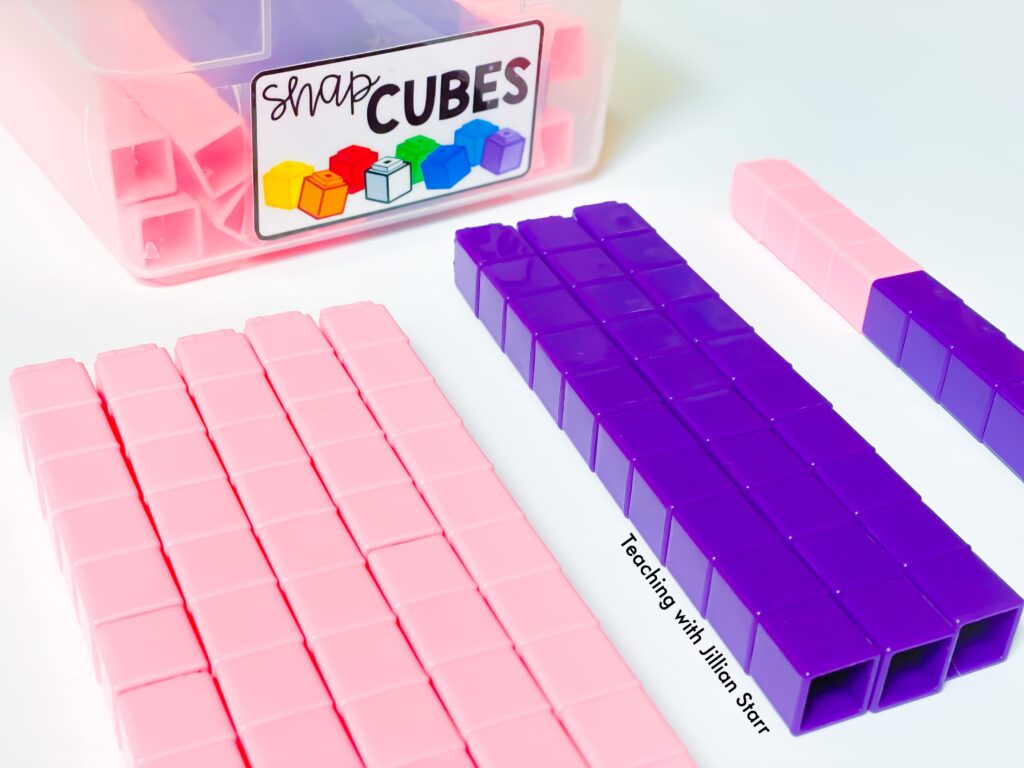
I have found greater success using two different colored connecting cubes, where each addend is represented by a single color. Students make up the number with sticks of ten and then extras. They can see how the tens go together, how regrouping happens visually, and not have the added layer of “trading in” blocks and losing track.
Once students have developed some understanding of regrouping with connecting cubes, this can be a better time to introduce the extra step of trading in to regroup.
3. Are We Aware of a Math Manipulative’s Potential Pitfalls?
Certain math manipulatives can be inherently confusing. Take coins for example. These can be incredibly confusing for students because the dime is smaller than the penny and nickel, despite having a greater value. Before introducing physical money, this is a point that we should explicitly discuss with our students to help avoid confusion down the road.
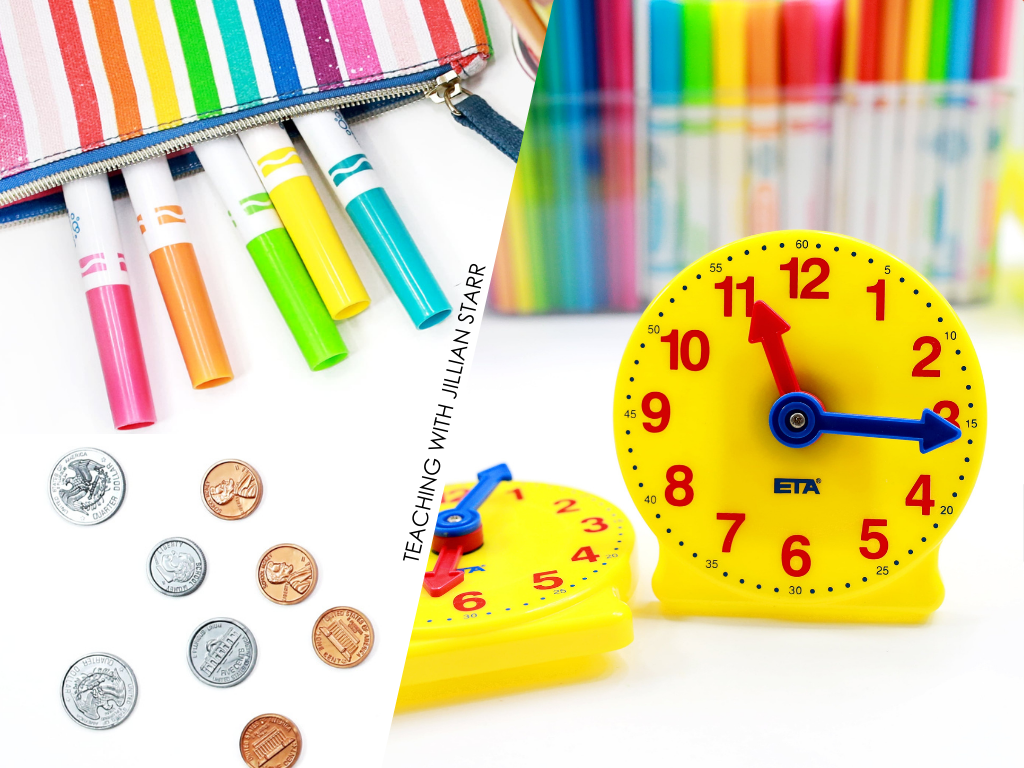
Another example is clocks without gears. While these are often budget-friendly options that districts purchase, these math manipulatives can reinforce incorrect visuals of time. Students may put the clock hands in the wrong place, especially when looking at time beyond the hour, and when working independently, those placements aren’t necessarily challenged. Clocks with gears are a better choice for independent work because they show the correct relationship between a moving hour and minute hand.
Explicitly addressing these potential pitfalls of math manipulatives before their introduction is key to avoiding confusion.
4. Are We Distinguishing Toys from Tools?
The transition of manipulatives from toys to educational tools hinges on their introduction and modeling. I advocate for never assuming prior student familiarity with any tool. Instead, introducing them in a whole-group setting and demonstrating their use is crucial to avoid chaos and confusion (which I definitely experienced prior to what I’m going to share below).
Engaging and Revealing New Tools
How can we build excitement, independence, and agency with math manupatives? First, I start with a whole group exploration. All of my students gather in our instructional space. I might say: “Today, we are going to learn how to use a new math manipulative!” Additionally, I often conceal the math manipulatives container in a different box, or wrap it in paper to encourage some curiosity.
When I unveil the math manipulatives, I make sure to show the container, explicitly point out the label, and teach students the container’s “home”. As you may recall, each manipulative is carefully organized and labeled in my classroom for student autonomy. This helps students find math manipulatives in the future. This is HUGE for classroom management, and significantly cuts down on teacher prep time when students know how to access materials independently.
Gather Information and Allow for Exploration
I want to learn whether or not students are familiar with the math manipulatives I’m introducing. During this first introduction, I ask students, “Have you used this manipulative?” Some students will be seeing a tool for the very first time. Alternatively, some students may feel like they already know how to use it. That’s okay! After, I remind them that each time we gain a new tool in our classroom, we learn new ways to use familiar things.
Before ANY instruction, I give my students ample time to just explore the math manipulatives. As long as they’re respecting the materials, nothing is really off-limits. Students may want to build with them, sort them by color, create staircases or towers, and so much more. I know that students are going to do all of these things with the manipulatives, so I might as well give them the time and space to do it, instead of it happening during an activity or lesson. Getting it “out of their system” is critical to all future classroom management.
5. Are We Giving Enough Time to Model and Practice?
After students have independently explored the materials, it’s time for some explicit modeling. My whole group modeling includes four components (if you’ve been trained in Responsive Classroom, this might sound familiar!):
- Teacher Demonstration
- Student Volunteer Demonstration
- Whole Class Practice
- Reflection
This approach ensures that students see math manipulatives in action, engage in its use, and reflect on its application in various contexts.
Breaking Down the 4-Step Approach
First, I demonstrate using a simple activity. For example, let’s say we are starting a beginning understanding of multiplication with second graders. We begin with repeated addition. I would introduce one of my favorites: connecting cubes. The demonstration would include me building equal sets of a number to visualize a multiplication equation. For example, 4 sets of 4 connecting cubes to concretely represent 4×4.
Second, a student volunteer demonstrates. The student follows my example. They slowly show the class how to use the math manipulatives to solve a new, but similar equation. This is an excellent way for students to see a demonstration twice and remain engaged. Student volunteers grab attention!
Third, I invite the whole class to practice together. Each student receives a pile of math manipulatives. Together, all students practice using the math manipulative with the same equation. Fast finishers? Ask neighbors to support each other!
Finally, we reflect. I like to keep reflection questions open-ended and guided. I want students to think about how they can use the manipulative in other contexts.
Independent Practice and Scaffolding with Math Manipulatives
Once introduced, manipulatives are always available for use. Scaffolding their use in independent practice, like in small group activities or centers, encourages students to apply them in solving tasks, enhancing their understanding and mastery.
Math manipulatives, when used effectively, can significantly enhance the learning experience in mathematics. It’s important that we consider these questions when selecting math manipulatives, as well as ensure we introduce them in a way that maximizes their effectiveness.
What have been your experiences with using manipulatives in your classroom? Did any of these questions offer an “aha” moment in how you will be using them in your classroom?

